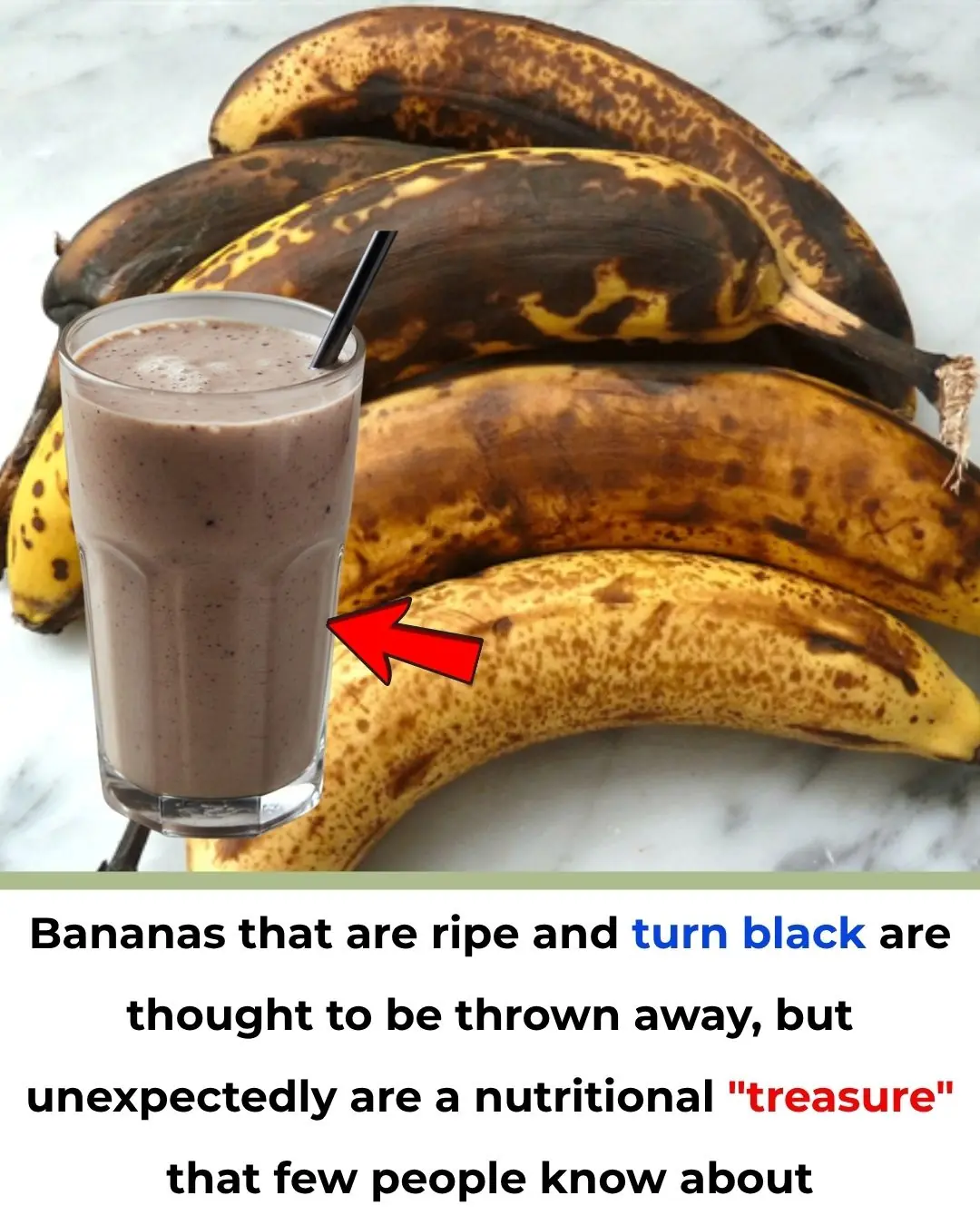
Using rice water like this will ensure the jar of pickled cabbage is golden, crispy, delicious, not slimy, and everyone who tries it will love it.

Rice Water – The Secret to Perfectly Golden, Crunchy Pickled Mustard Greens
Rice water is one of the oldest and most trusted secrets used by traditional pickle sellers to make delicious, golden-yellow pickled mustard greens that are crisp, flavorful, and completely safe to eat.
Pickled mustard greens — whether made from napa cabbage, mustard leaves, or radish greens — are a popular side dish in many Vietnamese families, especially toward the end of the year when the weather turns cooler. However, making sure your pickles turn out crunchy and golden instead of soft or dull is something that challenges many home cooks.
One of the best-kept secrets among experienced pickle makers is to use rice rinsing water (the water from washing rice) instead of plain water. Here’s how to do it properly so your pickles come out perfect every time.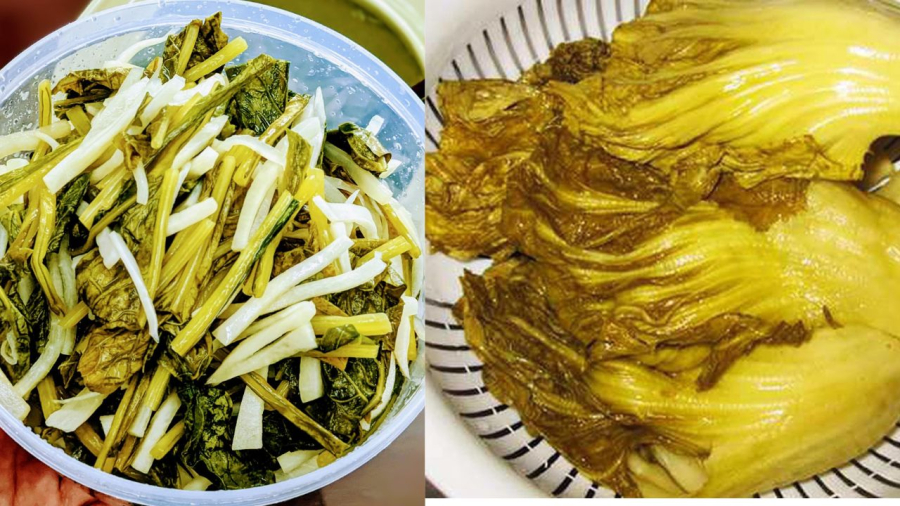
🥬 Ingredients
-
1 bunch of mustard greens (cải bẹ xanh)
-
1 handful of scallion bulbs (use the white bulbs rather than the leaves for better flavor)
-
5 shallots
-
1 small piece of ginger, lightly smashed
-
1 liter of rice rinsing water (from the second rinse)
-
3 tablespoons of coarse salt
-
1 tablespoon of white sugar
-
A ceramic or glass jar for pickling
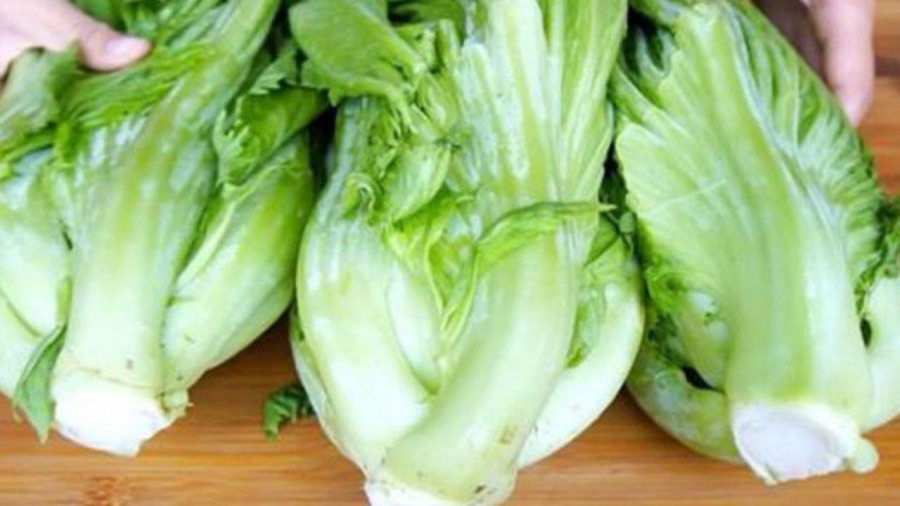
🛒 Choosing and Preparing the Vegetables
Select fresh, mature mustard greens — not too young, not too old. The leaves should be firm, without black or brown spots, and the stems should be crisp.
Remove any wilted or yellow leaves, as they can cause the whole batch to spoil.
After washing, let the greens air-dry or sun-dry for a few hours until slightly wilted. This step is essential because wilted greens absorb the brine better, resulting in crunchier pickles.
Rinse the vegetables gently to avoid bruising them. Clean all other ingredients thoroughly, and make sure the pickling jar is completely dry before use — moisture can lead to mold or spoilage.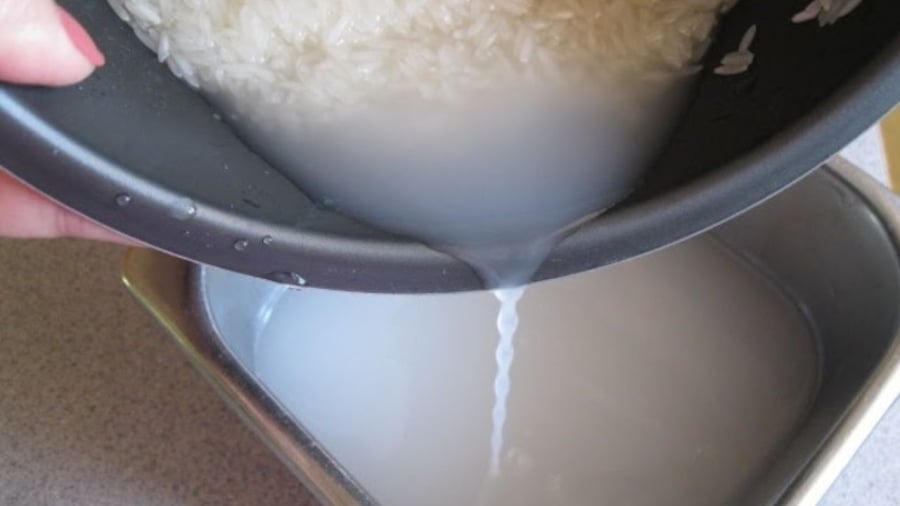
💧 Preparing the Rice Water
When washing rice, discard the first rinse (it often contains dirt and husk residue). Use the second rinse — this milky, starchy water is what helps the mustard greens ferment beautifully and turn that attractive golden color.
The natural starch in rice water feeds the fermentation process, giving your pickles a mildly sweet aroma and reducing the harshness of the brine.
🥣 Pickling Process
-
Dissolve the salt and sugar into the rice water. Stir well and strain the mixture to remove any sediments.
-
Mix the mustard greens with shallots, scallion bulbs, and ginger evenly.
-
Pack them tightly into the jar or ceramic crock.
-
Pour the rice water brine over the vegetables until everything is completely submerged.
-
Weigh down the greens using a bamboo press or clean stone plate to keep them below the surface.
-
Seal the jar and store it in a cool, ventilated place away from direct sunlight.
After about 2–3 days, depending on the temperature, the mustard greens will turn golden and develop a pleasant sour aroma.
⚠️ Important Tips
-
Avoid opening or stirring the jar too often — doing so can introduce bacteria and cause the pickles to become slimy or soft.
-
Once the pickles reach your desired sourness, store them in the refrigerator to slow fermentation and maintain flavor.
-
For a more natural sweetness, you can replace sugar with a small piece of sugarcane or a spoonful of honey. Sugarcane gives a subtle, fragrant note that pairs beautifully with mustard greens.
-
The rice water should be lightly cloudy, not too thick; overly starchy water can make the brine sticky or viscous.
-
Make sure all utensils and jars are completely dry before use — any leftover water can lead to spoilage.
-
Always ensure the vegetables are fully submerged under the brine to prevent mold.
🍽️ Serving & Health Notes
Pickled mustard greens are best enjoyed once they have turned slightly sour — this means the fermentation is complete. Eating unfermented (not-yet-sour) pickles can be harsh on your stomach and may produce harmful compounds.
When eaten in moderation, pickled greens are excellent accompaniments to rice dishes, braised meats, or noodle soups. However, avoid consuming them in large amounts, as over-fermented or overly salty pickles can cause indigestion or acid reflux.
💡 Extra Tip for the Perfect Golden Color
If you want your pickles to be even more vibrant, try adding a few thin slices of fresh turmeric to the brine. This not only enhances the yellow hue but also adds a gentle earthy aroma and natural antibacterial properties.
News in the same category


Great tips for the bathroom: Disposable masks can 'eliminate' bad odors, making the space surprisingly clean and fragrant

Save this for when you need it: How to cure 46 diseases with medicine-free tips

Why do gourmets always choose places with lots of leftover tissues when eating out?
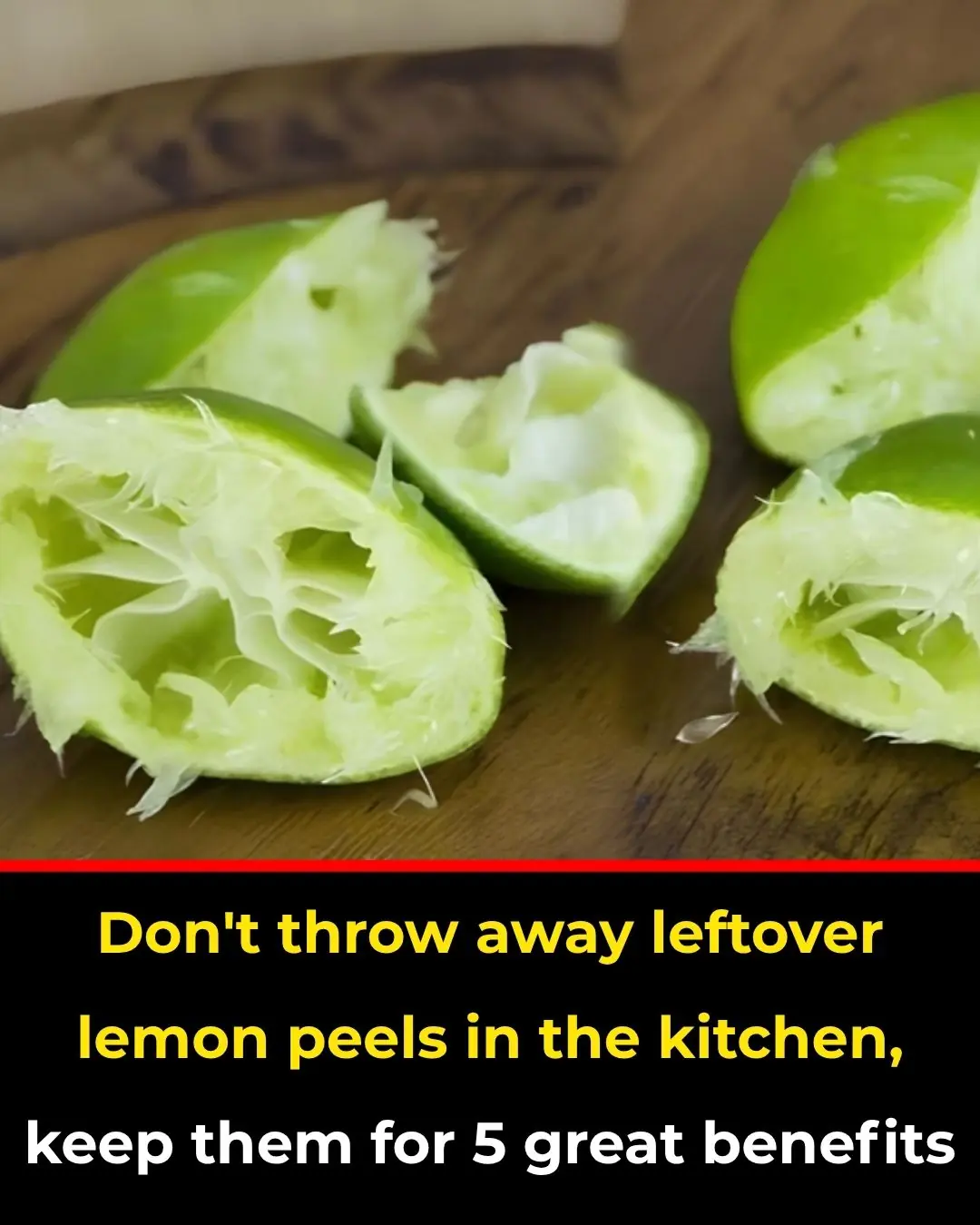
Don't throw away leftover lemon peels in the kitchen, keep them for 5 great benefits
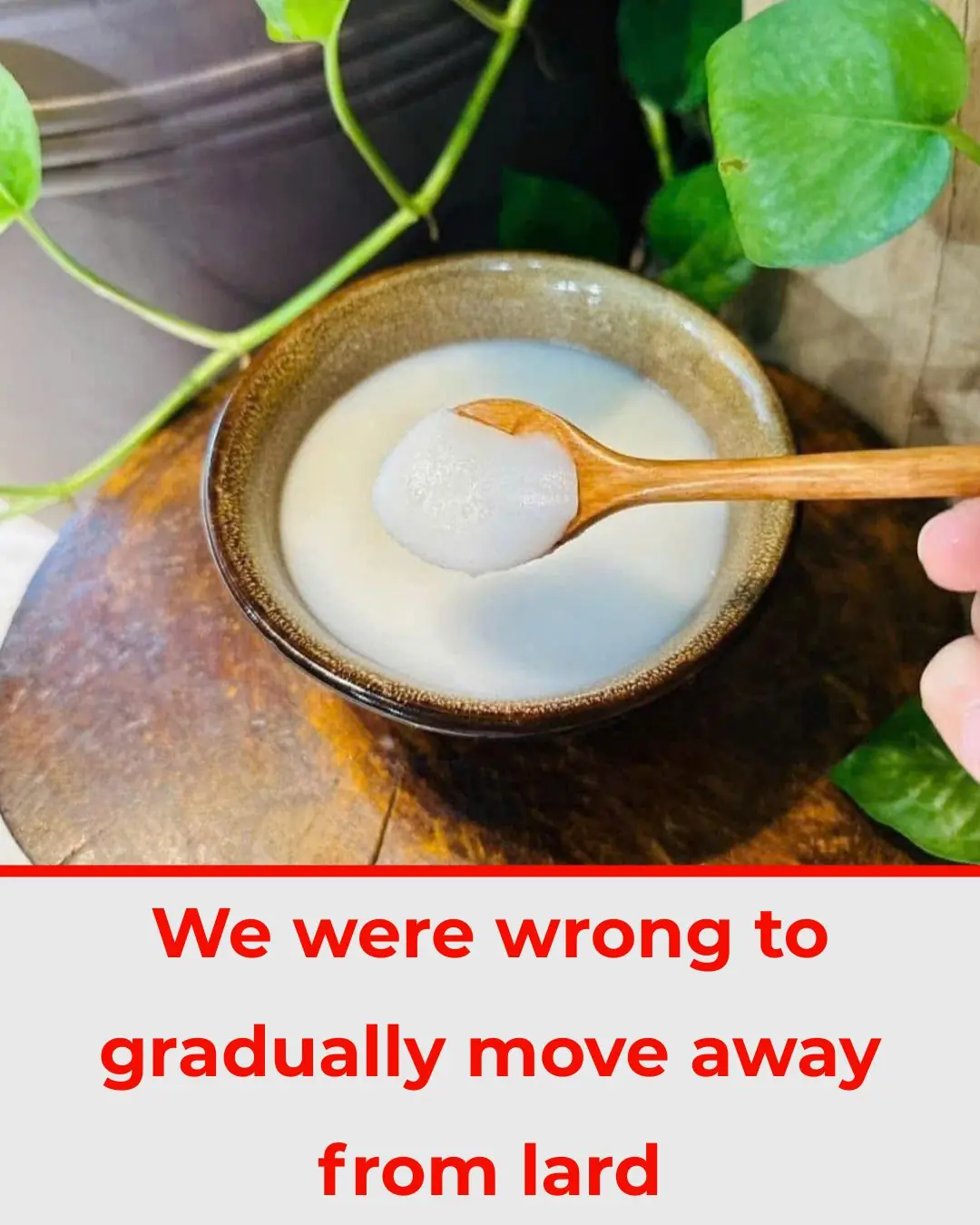
We were wrong to gradually move away from lard

Insert a cotton swab into a bottle of essential oil and place it anywhere for good results.

Moldy wooden cutting boards, can only be thrown away after washing with soap: Pour this on for 5 minutes and the cutting board will be as clean as new.

WARNING: Fake milk is spreading, how to distinguish REAL - FAKE powdered milk simply with just 1 cup of cold water
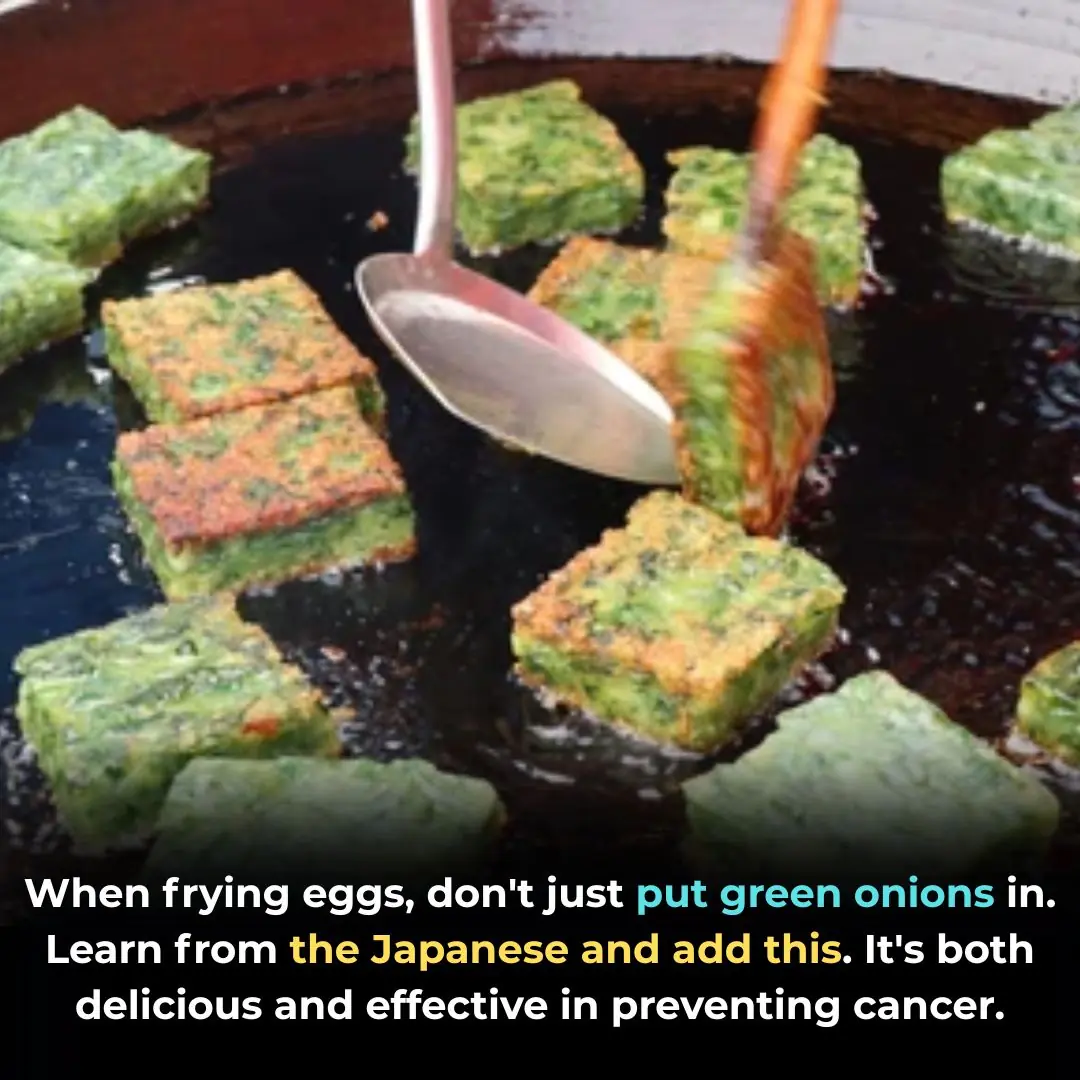
When frying eggs, don't just put green onions in. Learn from the Japanese and add this. It's both delicious and effective in preventing cancer.

From the case of injecting essence to turn 14 tons of buffalo meat into beef: If you see these signs in beef, absolutely do not buy it.
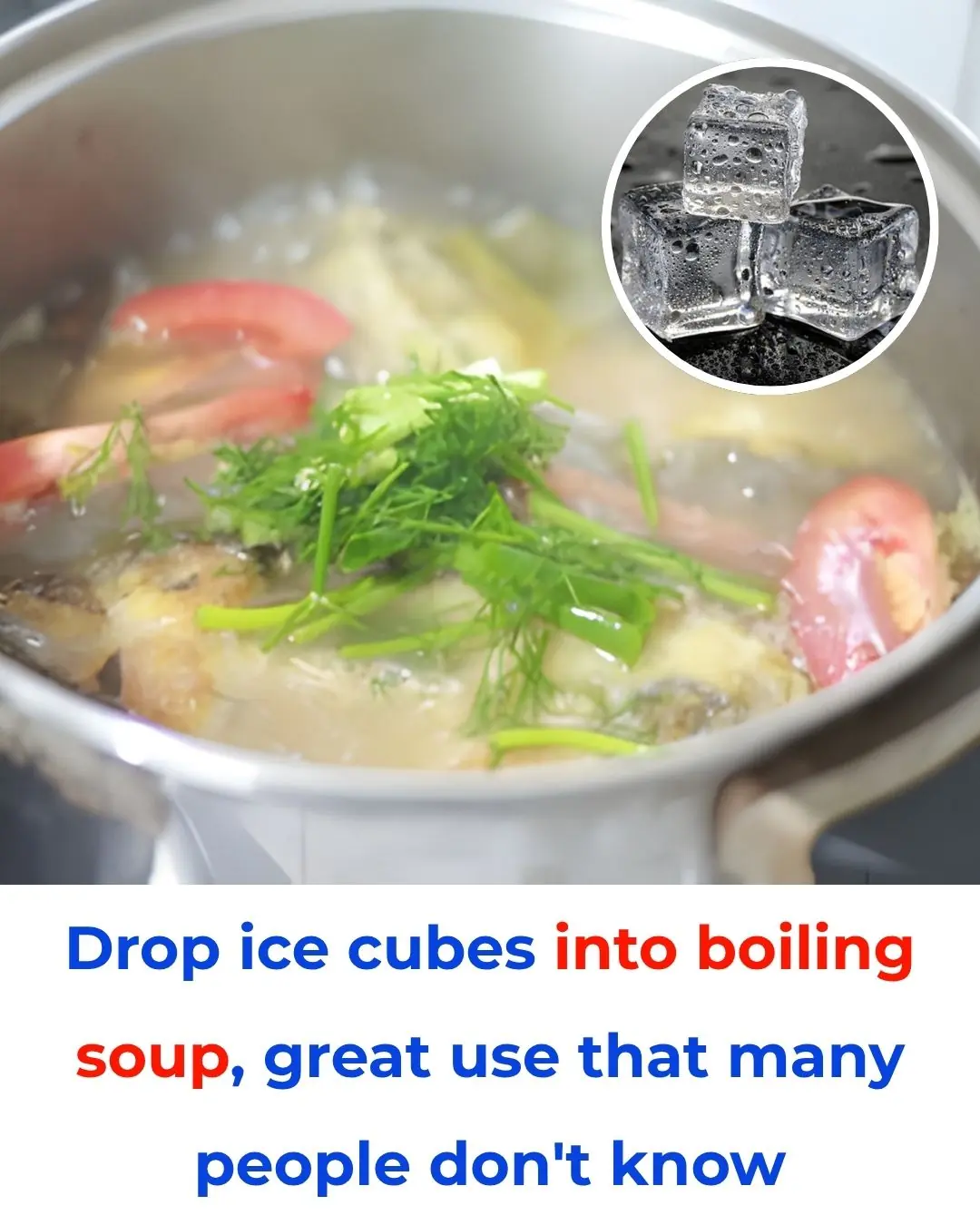
Putting Ice Cubes into Boiling Soup: A Clever Trick Many People Don’t Know

Think Twice Before Drinking Bottled Water in Hotel Rooms – Here's Why It's Not Always Safe or Worth It

A simple tip you probably need right now.

3 extremely simple tips to remove odors right after cooking in the kitchen

The washing machine accumulates a lot of dirt and bacteria: Pour 1 bowl of this into the washing drum to make it clean like new, clothes will smell fresh right away
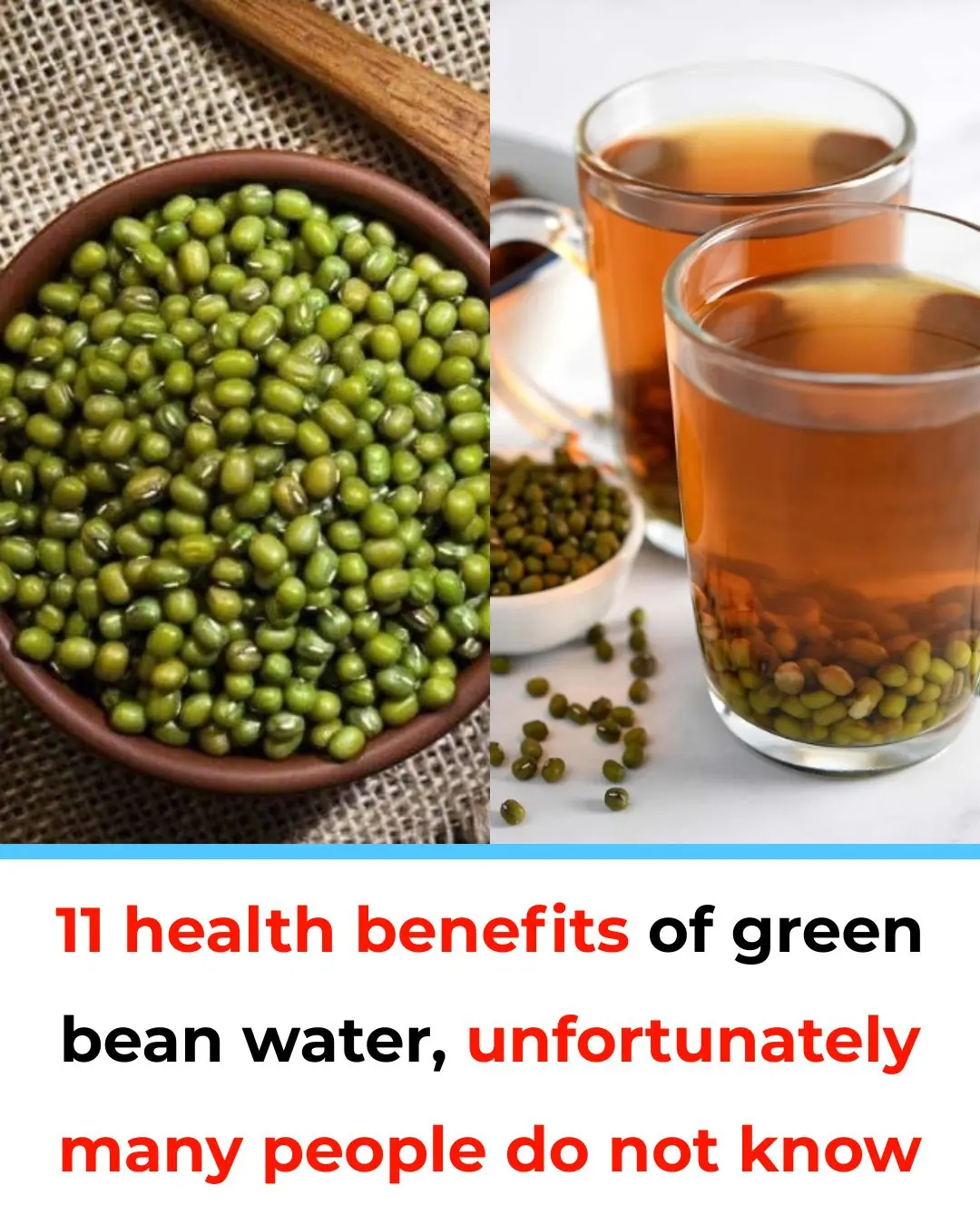
11 health benefits of green bean water, unfortunately many people do not know

These household appliances will quickly break if you use dishwashing liquid to clean them

How to Dry Clothes Quickly and Odor-Free on Damp, Humid Days — No Dryer Needed
News Post

40-Year-Old Parrot Waits Alone for 2 Weeks in Empty Home, Collapses After Finally Being Rescued.

When the Music Became a Goodbye.

The Elephant Who Collected His Own Toll.

Why Drinking Water on an Empty Stomach Is Beneficial

The reason behind children not visiting their parents

Bananas that are ripe and turn black are thought to be thrown away, but unexpectedly are a nutritional "treasure" that few people know about

Great tips for the bathroom: Disposable masks can 'eliminate' bad odors, making the space surprisingly clean and fragrant

Powerball Winner Turns $2 Billion Fortune Toward Rebuilding Fire-Ravaged L.A. Homes

The Astonishing Claim That Humans Might Be Built for 20,000 Years

Save this for when you need it: How to cure 46 diseases with medicine-free tips

The Dying Lions of Khartoum: A Cry for Compassion Amid Collapse

The Gentle Embrace: A Baby Elephant’s Heartfelt Hug.

Why do gourmets always choose places with lots of leftover tissues when eating out?

Signs Your Adult Child May Resent How You Raised Them

Full Circle: The Boy Who Saved the Woman Who Once Saved Him.

What’s the Reason Behind Painting Trees White?

When ants randomly crawl into the house, here's what the Universe is trying to tell you

‘This Is Why They Mad’: Angel Reese’s Runway Debut Triggers Supporters to Clap Back After Trolls Claim Victoria’s Secret Has ‘Lowered Its Standards’

Don't throw away leftover lemon peels in the kitchen, keep them for 5 great benefits
